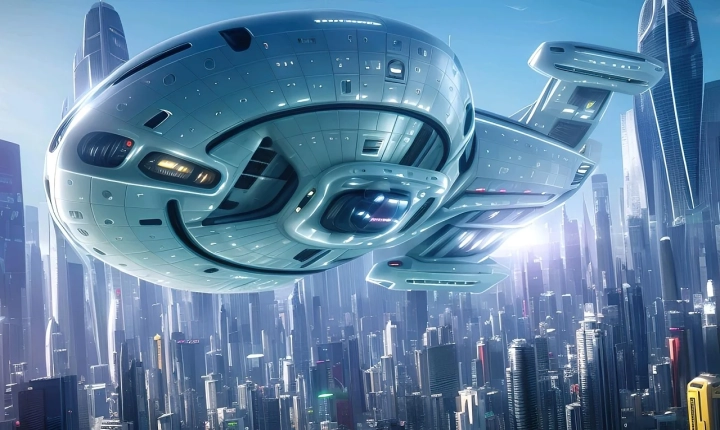Title: Can We Stop AI Art? The Ethical Dilemma of Machine-Made Creativity
The rise of artificial intelligence (AI) has transformed the way we live, work, and create. From self-driving cars to personalized recommendations, AI has become an integral part of our daily lives. However, as AI continues to push the boundaries of what is possible, it has also sparked an ethical debate around the role of AI in art. Can we, and should we, stop AI art from taking over the creative domain?
AI-generated art, also known as “creative AI,” has emerged as a significant force in the art world, producing stunning visual and auditory creations that blur the line between human and machine creativity. These AI systems, trained on vast datasets of art, music, and literature, are capable of generating original works that mimic the style of famous artists, compose music, and even write poetry.
While some view AI art as a fascinating exploration of the potential of machine learning and creativity, others raise concerns about the impact of AI on the artistic process and the future of human expression. One of the primary ethical dilemmas surrounding AI art revolves around the question of authenticity and authorship. Can a work of art created by an AI system be considered truly original? Should AI artists be credited as the creators of their works?
Another concern is the potential for AI art to devalue human creativity and craftsmanship. As AI systems become increasingly proficient at mimicking the styles and techniques of famous artists, some worry that the unique human touch and individuality that define art will be lost in a sea of machine-generated imitations. This raises questions about the impact of AI on the livelihoods of human artists and the broader cultural landscape.
Furthermore, the use of AI in art raises complex legal and moral issues surrounding copyright and intellectual property rights. Who owns the rights to AI-generated art? Can AI-generated works be copyrighted, and if so, who holds the copyright? These questions have significant implications for the legal framework that governs the art world and may require new regulations to address the challenges posed by AI art.
Despite these ethical concerns, the unstoppable march of AI art presents an opportunity for human artists to collaborate with AI systems and explore new creative possibilities. Rather than viewing AI as a threat to artistic expression, some artists have embraced AI as a tool for expanding the boundaries of their practice and pushing the limits of what is possible in art.
Ultimately, the question of whether we can stop AI art is not about halting progress or stifling innovation, but rather about navigating the ethical, cultural, and legal implications of this new frontier in creativity. As AI continues to evolve, it is crucial for society to engage in thoughtful dialogue and critical reflection on the impact of AI on art and the broader implications for human creativity.
In conclusion, the rise of AI art raises complex ethical questions that demand careful consideration and thoughtful responses from artists, policymakers, and society at large. The challenge lies in finding a balance that allows for the exploration of AI’s creative potential while safeguarding the integrity and authenticity of human artistry. Only through open dialogue and informed decision-making can we navigate the profound implications of AI art and shape a future where human creativity continues to thrive alongside the innovations of AI.
